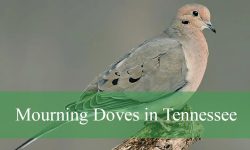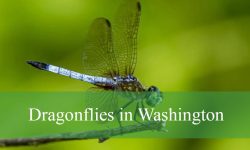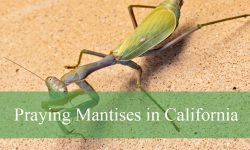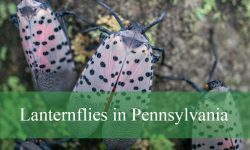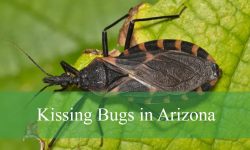Colorado, known for its breathtaking mountain ranges, vibrant cities, and vast natural beauty, might not be the first place that comes to mind when you think about pelicans. However, this landlocked state is home to one of the most impressive species of pelicans in North America: the American White Pelican. These stunning birds grace Colorado’s lakes, reservoirs, and wetlands with their striking white feathers, large wingspans, and unique behaviors. For birdwatchers, nature lovers, and photographers alike, spotting pelicans in Colorado offers a remarkable wildlife experience.
In this comprehensive guide, we will explore everything you need to know about pelicans in Colorado — their species, behaviors, habitat preferences, and, most importantly, the best places to see these magnificent birds in their natural environment.
Understanding Pelicans in Colorado
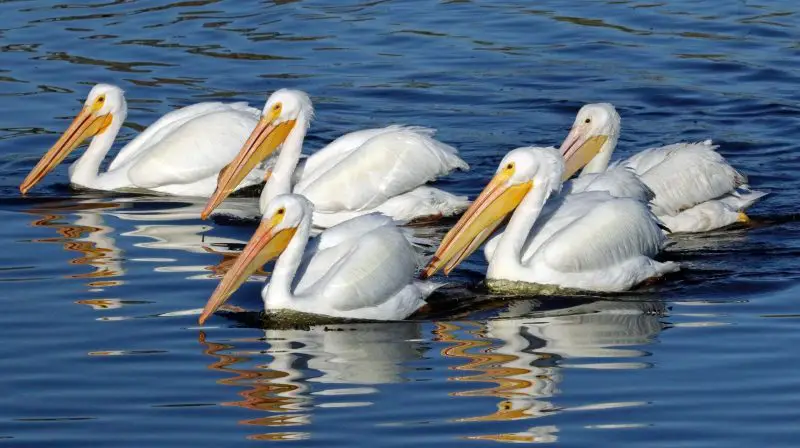
The American White Pelican: Colorado’s Primary Pelican Species
The pelican species most commonly found in Colorado is the American White Pelican (Pelecanus erythrorhynchos). These birds are easily recognized by their large size, snow-white plumage, black-tipped wings, and massive orange bills. They are among the largest flying birds in North America, boasting wingspans that can reach up to nine feet.
Unlike the Brown Pelican, which is a coastal species known for dramatic plunge-diving to catch fish, American White Pelicans prefer inland freshwater habitats. They are known for their cooperative fishing techniques — working in groups to herd fish into shallow waters where they can scoop them up with their large bills.
Rare Visitors: Brown Pelicans in Colorado
Although American White Pelicans dominate Colorado’s pelican population, the Brown Pelican (Pelecanus occidentalis) has been observed on rare occasions. These birds are typically coastal dwellers, famous for their spectacular dives into ocean waters. When spotted in Colorado, Brown Pelicans are considered accidental visitors, likely blown off course during migration or storms.
Where to Spot Pelicans in Colorado
Colorado offers several excellent locations for observing American White Pelicans. These birds favor large bodies of freshwater that provide abundant fish and safe nesting grounds. Below are some of the best places across the state to find pelicans:
1. Cherry Creek Reservoir
Located just southeast of Denver, Cherry Creek Reservoir is a popular spot for birdwatching year-round. The reservoir provides ample feeding opportunities for pelicans, especially during spring and summer migration periods. The surrounding park area also offers trails and observation points, making it a convenient and accessible destination for spotting pelicans.
2. Pueblo Reservoir
Pueblo Reservoir, in southern Colorado, is another hotspot for American White Pelicans. This large reservoir attracts pelicans during their seasonal migrations, offering them a rich fishing environment. Birdwatchers visiting Pueblo Reservoir can often see pelicans gliding gracefully over the water or resting on sandbars and islands.
3. Rocky Mountain Arsenal National Wildlife Refuge
Situated northeast of Denver, this wildlife refuge is home to diverse bird species, including pelicans. The refuge’s wetlands and ponds provide ideal feeding grounds for pelicans and other waterfowl. The refuge offers several observation points, educational programs, and guided tours to help visitors enjoy pelican watching.
4. State Wildlife Areas and Wetlands
Several state wildlife areas and natural wetlands across Colorado support pelican populations during migration and breeding seasons. Areas such as Barr Lake State Park, John Martin Reservoir State Wildlife Area, and the Monte Vista National Wildlife Refuge are known for pelican sightings. These locations are less crowded and provide peaceful settings for birdwatching enthusiasts.
5. Eleven Mile Reservoir
Located in central Colorado’s mountainous region, Eleven Mile Reservoir is a popular destination for many waterbird species, including American White Pelicans. The large body of water with numerous small islands provides an ideal habitat and feeding grounds for pelicans, especially during spring and summer. This reservoir also attracts nature lovers and bird photographers who come to enjoy the scenic views and observe pelicans in their natural environment.
When to See Pelicans in Colorado
The best time to observe pelicans in Colorado aligns with their migratory patterns. American White Pelicans typically migrate to Colorado’s freshwater lakes and reservoirs in the spring and summer months for breeding and feeding. Their presence is most notable between March and August, with peak activity often seen in late spring and early summer.
During the fall migration, pelicans begin to move south toward their wintering grounds along the Gulf Coast and Mexico. While some pelicans may linger into early fall, their numbers generally decrease as temperatures drop.
Identifying American White Pelicans in the Wild
Recognizing pelicans can be easy once you know what to look for. Here are some key identification features of the American White Pelican:
-
Size and Shape: One of the largest North American birds, the American White Pelican has a wingspan of about 8 to 9 feet and weighs up to 30 pounds.
-
Color: Primarily snowy white with distinctive black primary feathers visible during flight.
-
Bill: Large, bright orange bill with a throat pouch used for scooping fish.
-
Flight: Pelicans fly with necks outstretched and glide gracefully in V-formations or loose flocks.
-
Behavior: Known for cooperative fishing—groups work together to herd fish into shallow waters for easy feeding.
The Brown Pelican, which you might rarely see in Colorado, is smaller and darker with brown and gray plumage and is known for plunge-diving dives into water — a behavior not seen in American White Pelicans.
Pelican Behavior and Ecology in Colorado
Feeding Habits
American White Pelicans are primarily fish eaters. They use their large bills and expandable throat pouches to scoop up fish, often working cooperatively in groups to herd schools of fish into shallow waters. Their diet in Colorado typically includes species such as trout, carp, and salmon, depending on the location.
Unlike Brown Pelicans, American White Pelicans usually feed by dipping their bills in the water while swimming rather than diving from the air. Their fishing strategy is an incredible example of teamwork in the avian world.
Breeding and Nesting
In Colorado, American White Pelicans nest in colonies on isolated islands in lakes or reservoirs to avoid predators. They build simple nests made of sticks and vegetation. During the breeding season, males develop a prominent, horn-like growth on their upper bill, which they lose after the season ends.
Pelican chicks hatch after about a month of incubation and depend on their parents for several weeks until they are ready to fledge.
Migration Patterns
Pelicans migrate seasonally, traveling from their wintering grounds in the southern United States and Mexico to their breeding grounds in northern freshwater lakes, including those in Colorado. Their migration is an impressive journey that showcases their endurance and adaptability.
Conservation Status and Challenges
American White Pelicans are currently listed as a species of least concern by the International Union for Conservation of Nature (IUCN), thanks to stable population numbers and widespread habitat availability. However, they still face challenges such as habitat loss, water pollution, and human disturbance.
In Colorado, conservation efforts focus on preserving wetland habitats, maintaining clean water sources, and protecting breeding colonies. Wildlife refuges and state parks play a crucial role in supporting pelican populations and educating the public about the importance of these magnificent birds.
Tips for Birdwatchers: How to Spot and Photograph Pelicans in Colorado
1. Use Binoculars or a Spotting Scope
Because pelicans often feed or rest far out on lakes or reservoirs, a good pair of binoculars or a spotting scope will greatly enhance your viewing experience.
2. Visit Early in the Morning or Late Afternoon
Pelicans tend to be more active during the cooler parts of the day, especially when feeding or socializing. Early mornings and late afternoons often provide the best opportunities for observation and photography.
3. Stay Quiet and Respect Wildlife
Approach observation points carefully to avoid disturbing pelicans and other wildlife. Maintaining a respectful distance ensures the birds behave naturally and helps protect their habitat.
4. Look for Group Behavior
Pelicans often gather in flocks, so spotting one bird usually means more are nearby. Watch for their characteristic group fishing technique or large groups resting together on sandbars or shorelines.
5. Bring a Camera with a Telephoto Lens
To capture stunning images of pelicans in flight or feeding, a telephoto lens is essential. Look for moments when pelicans take off, land, or interact socially for the most dramatic shots.
Frequently Asked Questions About Pelicans in Colorado
Do pelicans live in Colorado year-round?
No, American White Pelicans are migratory birds that typically spend the spring and summer months in Colorado and migrate south for the winter.
Are pelicans dangerous to humans?
No, pelicans are not dangerous to humans. They are generally shy and avoid close contact but can defend themselves if threatened.
Can I see pelican nests in Colorado?
Pelican nesting colonies are usually on remote islands or protected areas to avoid predators and human disturbance. Viewing nests directly is rare but possible in some wildlife refuges.
What do pelicans eat in Colorado?
Pelicans primarily eat fish such as trout, carp, and salmon, which they catch using their large bills and cooperative hunting techniques.
Conclusion
Pelicans in Colorado offer a spectacular sight for anyone interested in birdwatching or nature. The American White Pelican, with its impressive size and elegant flight, brings a touch of coastal grandeur to the inland lakes and reservoirs of this mountainous state. By visiting key locations such as Cherry Creek Reservoir, Pueblo Reservoir, and Rocky Mountain Arsenal National Wildlife Refuge during the spring and summer months, you can witness these stunning birds in action.
Whether you’re a seasoned birder or a casual nature observer, learning about where to spot pelicans in Colorado enriches your outdoor adventures and connects you with one of North America’s most fascinating water birds. Remember to respect their habitats and enjoy the breathtaking experience of seeing pelicans glide across the Colorado skies.

